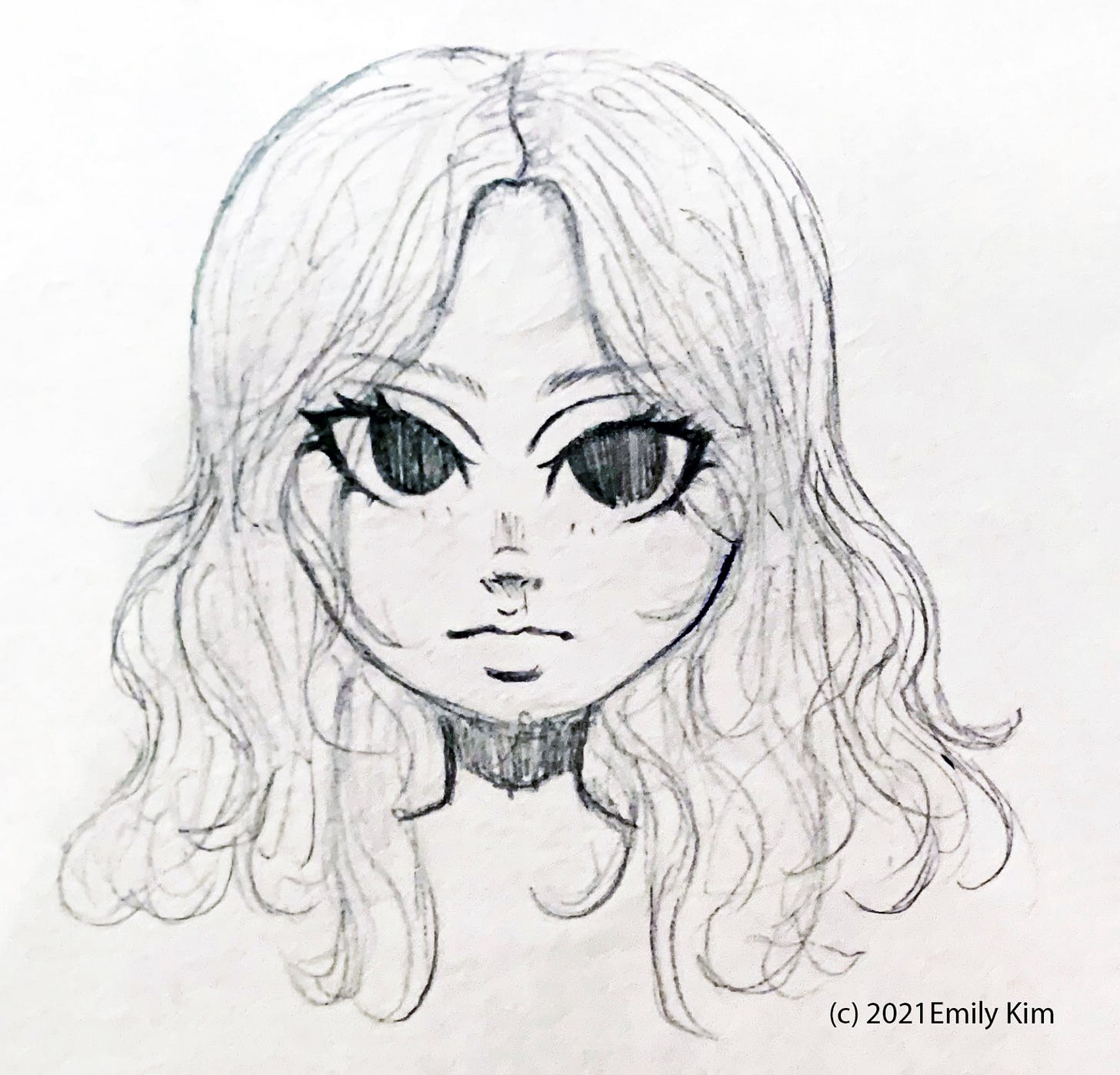Part 4 of Recognizing Asian Prejudice: The “Fox Eye Craze” and Other Makeup Trends
By Emily Kim
Recently, within the past year or so, a new makeup trend dubbed the “Fox Eye Trend” has been going viral all over social media and is most prevalent on TikTok and Instagram. The “trend” essentially consists of one applying their eye makeup to make their eyes appear more slanted, narrow, and upturned, supposedly resembling the eyes of a fox.
As an avid makeup enjoyer, I typically enjoy viewing new makeup trends when they first hit social media. I find them fun and exciting, but I felt slightly uncomfortable when the Fox Eye Trend started popping up everywhere on my feed. I watched videos of girls pulling back their eyes to achieve the upturned look while filling in their waterlines with eyeliner to make their eyes look darker and slimmer. Some took the trend to extremes, taping their eyes and pulling their eyelids to their temples. The constant eye pulling didn’t remind me of a fox, but rather the children from my childhood who mockingly pulled back their eyes to tease me. This trend confused me–I wondered why something I had been constantly shamed for having was seen as beautiful, trendy, and attractive when on a white person.
I started to think about makeup trends as a whole. It seemed to me that everything was considered more attractive and desirable when presented with a white face. Black girls were shamed for their dark skin, but celebrities and influencers self-tanned and piled on layers of darker-colored foundation in an effort to appear tanner and more “sunkissed.” Hailey Bieber was praised on TikTok for a makeup look she called “chocolate lips,” when in reality the makeup style she was claiming to have created had previously been worn by Latina women and is a Latinx beauty staple. And now the “Fox Eye Trend” seemed to be dominating makeup culture on social media. The white face seemed to be the ideal face–it set the beauty standard.
I then began analyzing the way I did my own makeup and the way I saw other Asian women online doing theirs. I immediately noticed similarities between our makeup styles that seemed too similar to be coincidental. We highlighted our nose bridges to give ourselves the appearance of having a sharper nose, and we contoured our faces to look more angular and defined. This imitation of white features was not only specific to Asian women–it applied to other races. I recognized a pattern of seeking to emulate Euro-centric traits when I examined my own cosmetic habits and those of other Asian women. This mimicry spread beyond Asian women and was prevalent among people of many races. While not everyone intentionally rejected their ethnic traits or aspired to copy certain face characteristics, there was an evident link between popular makeup styles and the dominant white beauty standard.
Makeup is marketed as a product designed to enhance one’s natural beauty and act as an art form of self-expression and freedom. While it most certainly allows for creativity and self-love, its use and purpose have often been distorted by the Euro-centric beauty standard. Makeup is an art form that values the beauty of every person and is designed to act as a tool to emphasize individual and unique aspects of the face.





Moral of the Story... Social Media Is a Mental Health Crisis.